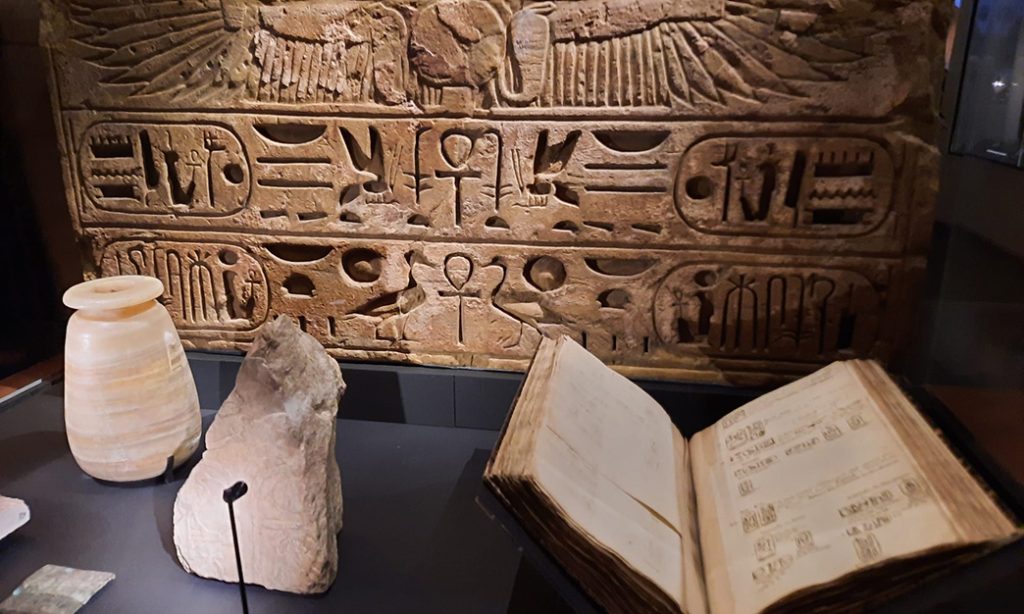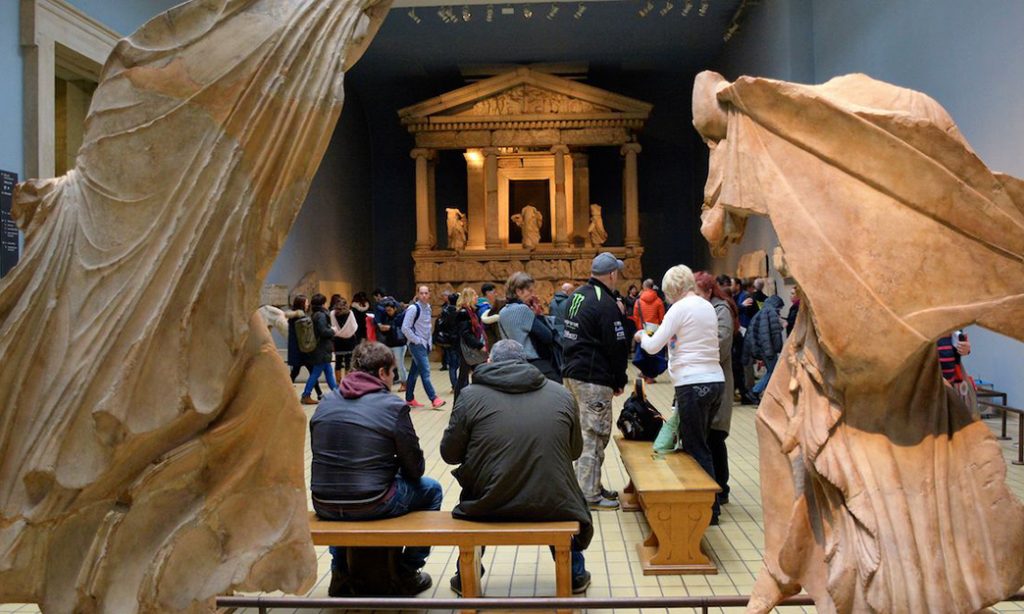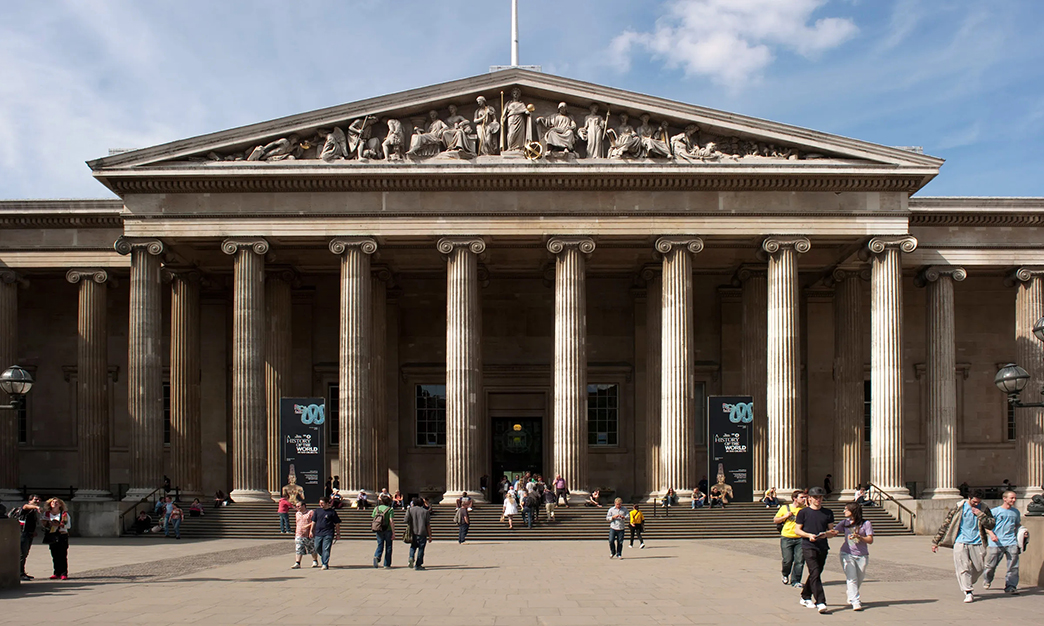I find the British Museum to be one of the most remarkable cultural institutions in the world. Located in the heart of London, this iconic museum is celebrated for its vast collection, stunning architecture, and free admission policy. It’s a treasure trove of human history and art, making it an unmissable stop for anyone visiting London.
I’ll take you through the fascinating history of the British Museum, key details for planning your visit, must-see exhibits, and some insider tips. Whether you’re a history enthusiast, an art lover, or simply a curious traveler, this comprehensive guide will help you make the most of your trip.
A Brief History: From Private Collection to Global Icon
Founded in 1753, the British Museum was the first public national museum in the world. Its origins trace back to Sir Hans Sloane, a physician and collector who bequeathed his collection of over 71,000 objects to the nation. This generous act laid the foundation for what would become one of the most famous museums on the planet.
Over the centuries, the museum expanded its collection and influence. Today, it houses over 8 million objects spanning all continents and thousands of years of human history. The museum’s iconic Great Court, designed by architect Sir Norman Foster, is the largest covered public square in Europe, providing a bright and welcoming space for visitors to gather.
Visitor Information: Plan Ahead for a Smooth Visit
Address
The British Museum is located in London’s Bloomsbury district:
Great Russell Street, London WC1B 3DG
Admission
General admission to the museum is free, though certain special exhibitions require tickets, which typically cost between £15 and £25. For these exhibitions, I recommend booking tickets online in advance to avoid disappointment.
Opening Hours
- Monday to Sunday: 10:00 AM – 5:30 PM
- Extended hours on Fridays: Open until 8:30 PM
Note: Last entry is 30 minutes before closing, and some galleries may close earlier.
Getting There
The museum is centrally located and easy to reach:
- By Tube: The nearest stations are Tottenham Court Road (5 minutes on foot) and Holborn (10 minutes on foot).
- By Bus: Multiple bus routes stop at Museum Street.
- By Bike or On Foot: Public bike rental stations are nearby, and the museum is accessible by foot from many central London attractions.
Top Tips
- Take advantage of the free WiFi for researching exhibits or using audio guides.
- There are several cafés and restaurants on-site, so you can refuel without leaving the museum.
- Avoid carrying large bags, as storage lockers are limited. Traveling light will make your visit more enjoyable.
Exploring the Galleries: A Journey Through World Cultures
With 94 galleries, the British Museum covers an extraordinary range of cultures and histories. To help you navigate, here are some highlights you shouldn’t miss:
1. Egyptian Galleries (Rooms 62-63)
The museum’s Egyptian collection is one of the most extensive in the world. It includes the iconic Rosetta Stone, which was crucial in deciphering ancient Egyptian hieroglyphs, and an impressive display of mummies, offering a fascinating glimpse into Egyptian burial customs.

2. Greek and Roman Galleries (Rooms 12-23)
These galleries are home to the Parthenon Sculptures, a breathtaking series of marble carvings from ancient Greece. Their intricate details reflect the artistic and cultural zenith of the Greek civilization.
3. Americas Gallery (Room 26)
This gallery showcases the diverse cultures of the Americas, featuring everything from Mayan artifacts to Native American totem poles, illustrating the rich heritage of this vast continent.
4. Asian Galleries (Rooms 33-35)
These galleries celebrate the artistic traditions of China, Japan, India, and other parts of Asia. Highlights include Buddhist sculptures, delicate ceramics, and ancient bronzes, all testifying to the region’s cultural richness.
The Chinese Gallery: A Tribute to Eastern Culture
The Chinese Gallery (Room 33) is a treasure trove for anyone interested in Eastern art and history. The collection features exquisite Tang dynasty ceramics, Song dynasty porcelain, and Qing dynasty lacquerware. It also houses significant Buddhist sculptures and ancient bronzes, each with its own story to tell. Walking through this gallery feels like a journey through the millennia of Chinese civilization.
Must-See Treasures: The British Museum’s Highlights
1. The Rosetta Stone

Perhaps the most famous artifact in the museum, the Rosetta Stone is a key to understanding ancient Egyptian writing. Don’t be surprised to find crowds gathered around this legendary exhibit.
2. The Parthenon Sculptures
These stunning marble sculptures once adorned the Parthenon temple in Athens. They offer a glimpse into ancient Greek mythology and artistry, although their presence in London remains a topic of international debate.
3. The Lewis Chessmen
Carved from walrus ivory, these medieval chess pieces are a delightful highlight of the museum. Their expressive faces and detailed designs captivate visitors of all ages.
4. Egyptian Mummies
The museum’s collection of mummies and sarcophagi reveals the fascinating rituals and beliefs surrounding death in ancient Egypt.
Souvenirs and Cultural Keepsakes: The British Museum Shop
No visit to the British Museum is complete without stopping by the gift shop, which offers a wide range of cultural and artistic merchandise. Here are a couple of my favorite picks:
- Rosetta Stone Souvenirs: From keychains to T-shirts, these items make for both practical and memorable keepsakes.
- Stationery and Notebooks: Beautifully designed notebooks featuring museum artifacts are perfect for personal use or as gifts.
A Cultural and Historical Journey Awaits
The British Museum is more than just a collection of artifacts—it’s a celebration of human creativity, ingenuity, and resilience. Every corner of the museum tells a story, from the Rosetta Stone that unlocked an ancient language to the Lewis Chessmen that reveal medieval craftsmanship. Whether you have a few hours or a whole day, the British Museum offers an unparalleled cultural experience.
I hope this guide inspires you to explore this incredible institution. With careful planning and a sense of curiosity, your visit to the British Museum is bound to be unforgettable!



